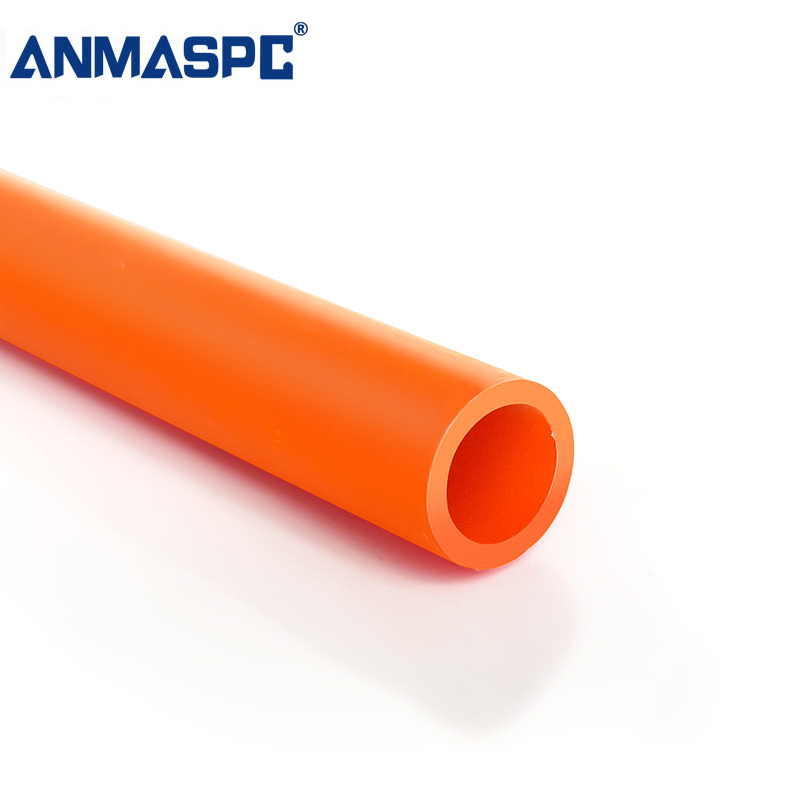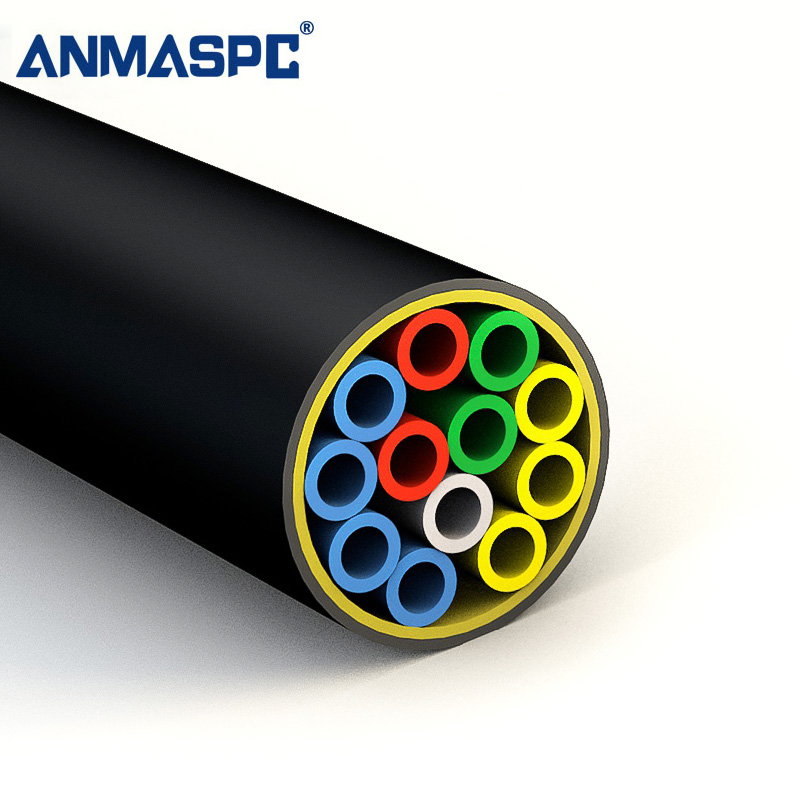- English
- Español
- Português
- русский
- Français
- 日本語
- Deutsch
- tiếng Việt
- Italiano
- Nederlands
- ภาษาไทย
- Polski
- 한국어
- Svenska
- magyar
- Malay
- বাংলা ভাষার
- Dansk
- Suomi
- हिन्दी
- Pilipino
- Türkçe
- Gaeilge
- العربية
- Indonesia
- Norsk
- تمل
- český
- ελληνικά
- український
- Javanese
- فارسی
- தமிழ்
- తెలుగు
- नेपाली
- Burmese
- български
- ລາວ
- Latine
- Қазақша
- Euskal
- Azərbaycan
- Slovenský jazyk
- Македонски
- Lietuvos
- Eesti Keel
- Română
- Slovenski
- मराठी
- Srpski језик
The structure of optical fiber cables
2024-05-25
Fiber optic cables are made up of thin strands of glass or plastic that transmit data using light signals. The structure of a typical fiber optic cable consists of the core, which is where the light travels, the cladding, which reflects the light back into the core, and the buffer coating, which protects the core and cladding from damage.
These cables are widely used for transmitting data over long distances at high speeds. They are commonly used in telecommunications, internet connections, and networking. Fiber optic cables are known for their high bandwidth and low signal loss, making them ideal for transmitting large amounts of data quickly and efficiently.

Single micro duct tube is a small, flexible tube used for housing and protecting delicate fibers or cables. It is designed to provide a secure pathway for the transmission of data or telecommunications signals. These tubes are commonly used in telecommunications, data centers, and other networking applications where space is limited and protection of the fibers is crucial.
The small size of the micro duct tube allows for easy installation in various environments, such as underground conduits, building structures, or aerial installations. The flexibility of the tube also makes it suitable for tight spaces and complex routing requirements.

Micro duct tubes are small, flexible tubes used for the installation of fiber optic cables in various environments. These tubes are designed to protect the delicate fiber optic cables from damage and provide a pathway for easy installation and maintenance. Multiple micro duct tubes are often used in situations where a high volume of fiber optic cables needs to be installed, such as in urban areas or large industrial facilities.
Using multiple micro duct tubes allows for better organization and management of the cables, making it easier to identify and access specific cables when needed. This can help to streamline the installation and maintenance process, saving time and reducing the risk of damage to the cables.

Air-blowing cable machine
The air-blowing cable machine is a specialized piece of equipment used in the telecommunications industry. It is designed to install and maintain fiber optic cables by blowing them through pre-installed ducts using compressed air. This method is preferred for long-distance cable installations as it reduces the need for manual labor and minimizes the risk of damage to the delicate fiber optic cables.
The machine consists of a compressor, a cable blowing unit, and various accessories such as cable pushers and rollers. The process begins with the preparation of the ducts and cables, followed by the connection of the blowing machine to the duct entry point. Once everything is set up, the machine generates a controlled flow of compressed air to propel the cables through the ducts at a predetermined speed.
Overall, the air-blowing cable machine is an essential tool for efficiently deploying fiber optic cables, ensuring reliable telecommunications infrastructure for various applications such as internet connectivity, telecommunication networks, and data transmission.

By author
Summer
WhatsApp:+8615325082718





